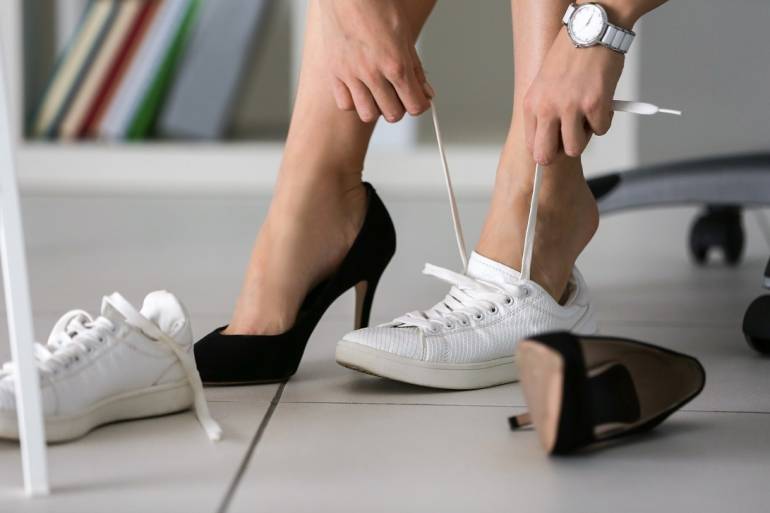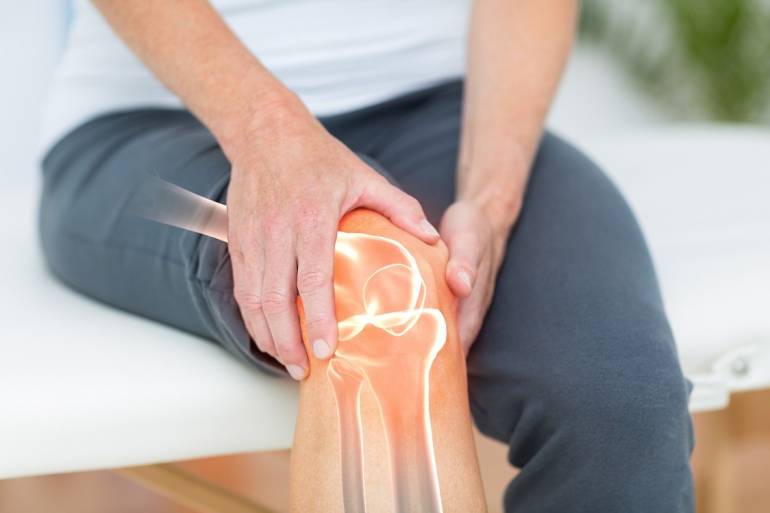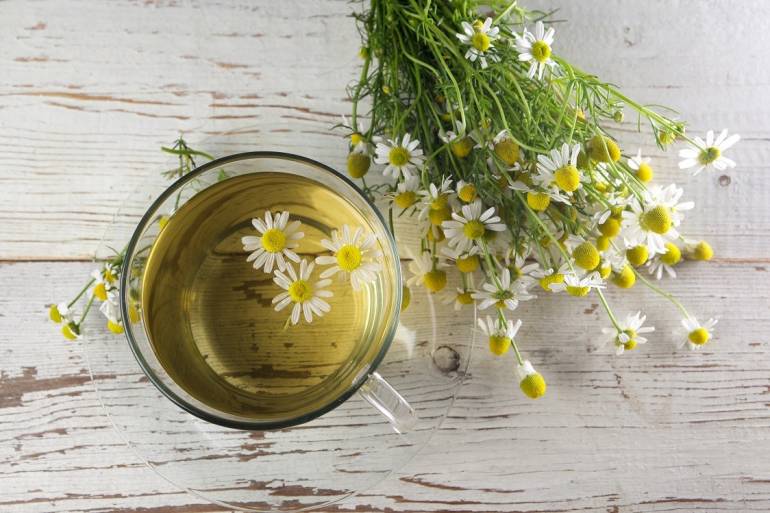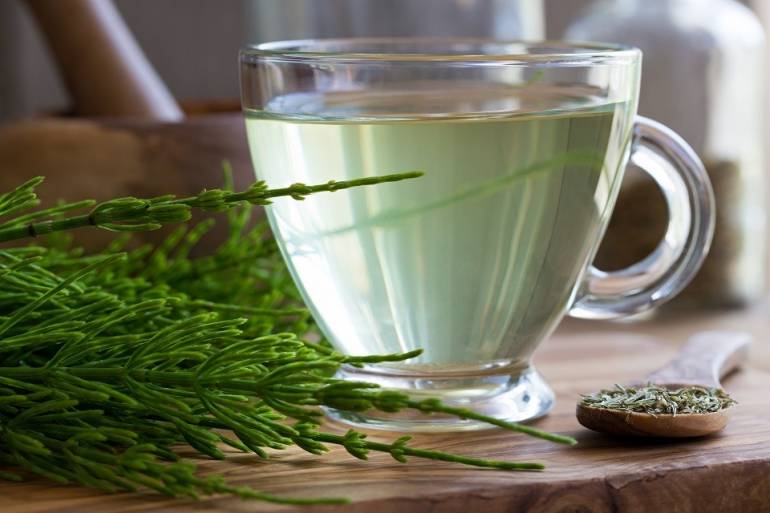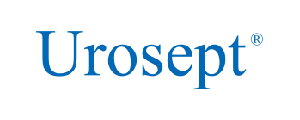Varicose veins on the legs are not just an aesthetic problem. When you notice the first symptoms of varicose veins in yourself, it is worth taking measures right away that can prevent them from worsening. This will keep the veins in good condition and avoid serious complications.
Causes and symptoms of varicose veins
In our body, blood circulates in a closed system. Through arteries, blood flows from the heart to all parts of the body, and through veins – in the opposite direction. When venous blood flows from the feet to the heart, it must be forced up to a considerable height. Vein walls are thin and do not actively pump blood. The return of blood from the lower parts of the body upward is caused by, among other things, the work of the heart, which acts as a suction pump, and the work of the leg muscles. To prevent blood from flowing back down, there are valves inside the veins that protect against this phenomenon and help force it toward the heart.
When the venous vessels are healthy, circulation takes place without disturbance. Problems can arise when the valves in the veins of the lower extremities become leaky. Blood can then back up inside the vessels. Such a condition is venous stasis. It is the first phase of the formation of varicose veins. As a consequence, the thin and flexible walls of the venous vessels become stretched and thickened. The diseased vessels are clearly visible under the surface of the skin, especially on the calves and thighs. They are blue or purple in color and sometimes have a characteristic twisted shape. They mostly appear in older people, more often in women than in men. This is because with age, the vein walls lose their elasticity and the valves begin to function less well.
Varicose veins on the legs can also occur in pregnant women, when the enlarged uterus impedes the outflow of blood from the lower extremities. Overweight people are more prone to them, as high body weight puts undue strain on the circulatory system. The work performed is also not without significance. People who spend a lot of time standing or sitting can also complain of varicose veins, as insufficient movement can restrict venous circulation.
The susceptibility to varicose veins may be hereditary. Early symptoms of venous insufficiency include a feeling of „heavy legs,” swelling and puffiness in the legs, and painful cramps in the calf muscles. Most often they can be felt at the end of the day or at night, especially after a long day at work. When resting in a lying position, these symptoms subside, as blood flow is then facilitated. Lying down with your legs raised slightly can have an even better effect. A simple way to avoid varicose veins can be regular physical activity. It doesn’t have to be strenuous; even simple walking can have good results.
Herbal preparations for varicose veins
Over-the-counter varicose vein medications can be used as soon as the first symptoms of vein disease appear. You should not wait until the varicose veins become visible. The earlier you take the treatment, the better the results will be.
Herbal remedies for varicose veins of the legs improve the condition of the veins, while relieving the unpleasant symptoms associated with their insufficiency, such as itching, swelling and night pain in the legs. They can come in the form of oral tablets or topical gels. An example is Esceven, which contains horse chestnut seed extract. The active substance escin found in it strengthens the walls of the veins and increases their tension. As a result, it reduces the backlog of blood in the lower extremities. Esceven varicose vein tablets are taken 3 times a day, 1 tablet each, after eating.
Esceven gel is also based on horse chestnut seed extract, and in addition to it contains heparin, which has an anticoagulant effect. In addition, the gel-like consistency of the drug makes it relieving when the legs are sore or swollen. You can lubricate the skin on your calves with it 3 times a day for up to 2 weeks.
Troxerutin, which is the active ingredient of the drug Rutoven, strengthens the walls of small blood vessels, increases their elasticity, has anti-inflammatory, anti-edema and anti-coagulant effects, and also neutralizes free radicals. As a result, Rutoven effectively relieves the symptoms of varicose veins. It also comes in the form of a gel, so it will be perfect for „heavy legs”. It can be used 3 times a day for a period of 3 weeks. Longer treatment requires consultation with a doctor.
Esceven and Rutoven preparations are suitable for adults and children over 12 years of age. They cannot be used by pregnant and breastfeeding women.
Treatment methods for varicose veins of the lower limbs
It may happen that despite the treatment taken, the symptoms do not go away. It is then necessary to visit your primary care physician, who will suggest a different type of therapy or have you see a phlebologist specialist.
In alleviating the symptoms of venous insufficiency, regularly worn compression stockings can have a good effect. They make the calf muscles and veins work more efficiently, thus improving circulation. They can be purchased at pharmacies or medical equipment stores. Your doctor will help you choose the right type of stockings and the right degree of compression, as they must not be too small or too large. In order to properly adjust the size, it is necessary to accurately measure both legs in several places and compare the dimensions with the diagram, provided by the manufacturer. For best results, compression stockings should be inserted according to the instructions, worn throughout the day and removed at night.
Surgical procedures can also be a way to treat varicose veins. There are several different procedures that will help heal both small and extensive varicose veins. They are usually not complicated. Nor do they require a long stay in the hospital. Your doctor will assist you in choosing the best method.
Sclerotherapy is suitable for the removal of small and medium varicose veins. This procedure involves injecting a solution into the diseased vein, which causes inflammation in the vein, resulting in its fibrosis and closure. Sometimes it has to be repeated several times before the desired effect is achieved.
A newer method is closing varicose veins with laser radiation. This procedure is also suitable for removing so-called spider veins, which are dilated tiny vessels in the skin. The surgeon can also use a special catheter inserted into the vein. Its tip heats up, and the high temperature closes the diseased vein.
Varicose veins can also be removed mechanically, getting at them through small incisions in the skin. This procedure is performed under local anesthesia, and the scars afterwards are small.
For large varicose veins that threaten to cause lower leg ulcers, surgery is used with an endoscope, a miniature camera inserted into the vein so that the surgeon can carefully remove the damaged part of the vessel. Excision of part of the vein is not dangerous to health, as vessels deeper under the skin will take over its functions. In this way, blood circulation will not be affected.
Varicose veins that appear in pregnant women generally do not require treatment, as they should disappear on their own within 3 to 12 months after delivery. Medical help can be sought if there is no improvement after that.
